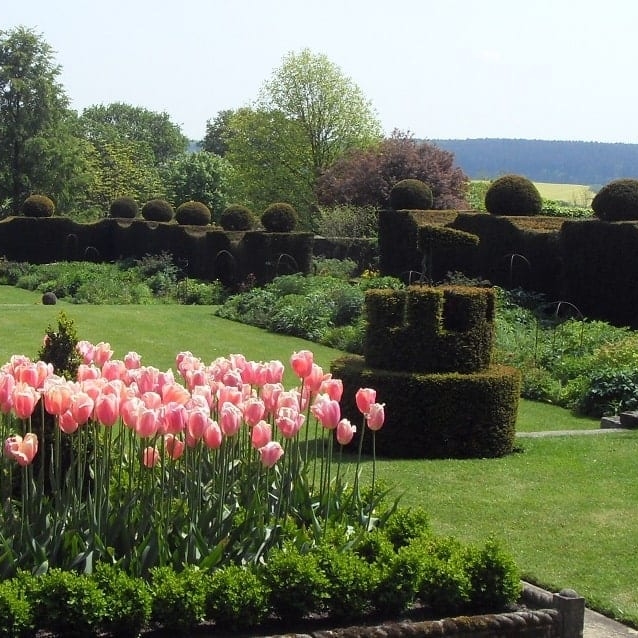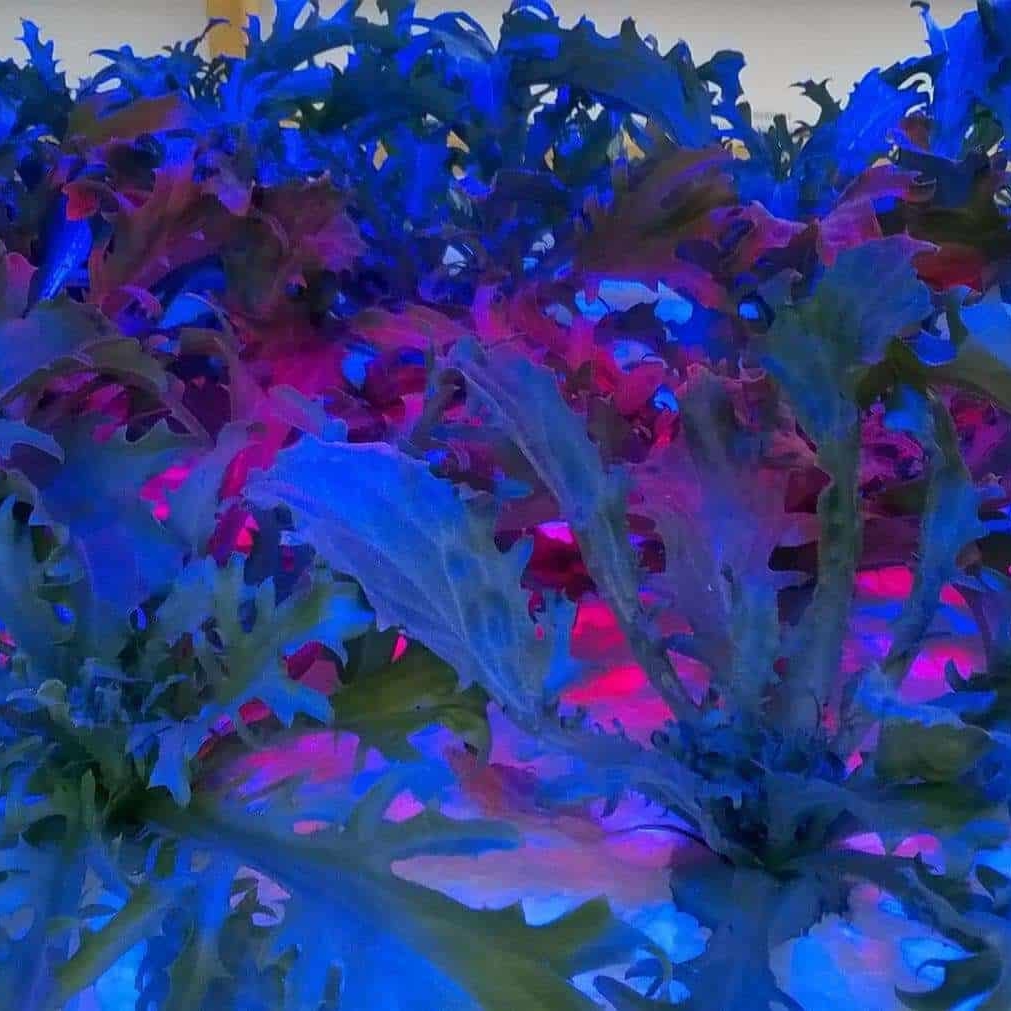Water is becoming an increasingly scarce resource. Hosepipe bans are more frequent and it is necessary to consider effective ways of using this water in the garden.
If we take example from historic gardens in arid landscapes such as the Gardens of Alhambra in southern Spain. The ancient Spaniards and the Islamic settlers used ingenious ways of transporting water in rills and via aqueducts from high up in the mountains initially to water their crops but later adapted into decorative garden features. The Gardens at Alhambra palace have many fine examples of these water features and are an outstanding historic site.
Still used by rural farmers and growers in hot countries to divert water to their fields and market gardens these channels that rely on gravity to deliver allocated water allowances to enable the production of precious vegetables in otherwise hostile environments.
Here at home we can adapt these principles by using irrigation. A leaky hose or ‘seeper’ hoses deliver water direct to the soil directly above the root zone. This is an effective way to irrigate vegetables and ornamental plants growing in the ground and minimise wasting water from evaporation from the soil surface or foliage. The system is linked to a timer which is set to operate in the evening or early morning. Water delivery is most effective and least likely to evaporate before getting to the roots at these times. Rainwater can be collected and stored for irrigation which reduces the reliance on tap water and is much better for the plants.
A rainwater collection barrel is simple and easy to install. Connect guttering to any pitched roof or surface that could potentially collect water.
Plants in pots micro irrigation systems that use ‘spaghetti’ tubing – a series of connecting small diameter hoses connected to drip irrigation nozzles can deliver water directly to the root zone and can also be set up on a timing system and fed from collected rainwater.
General watering and irrigation advice is to never water during the heat of the day. Direct the water to the roots of the plants and not the foliage. Water deeply every 2-3 days in dry weather rather than a light sprinkling each day. This will ensure roots grow deep searching for water rather than at the surface where they dry out quickly. Mulch prevents evaporation so organic matter levels need to be topped up to improve water retention. Choose plants that suit the environment and incorporate water holding crystals into potted plant media.
Caroline Wright
Caroline brings decades of horticultural experience, both practical and theoretical. Having lectured at Brackenhurst Horticultural University for many years, Caroline has now relocated to France and is following her passion for growing plants and teaching. Caroline and her husband Paul run the plant nursery, propagating all of the plants themselves and lead a wide selection of fun and interactive horticultural and craft based courses.



